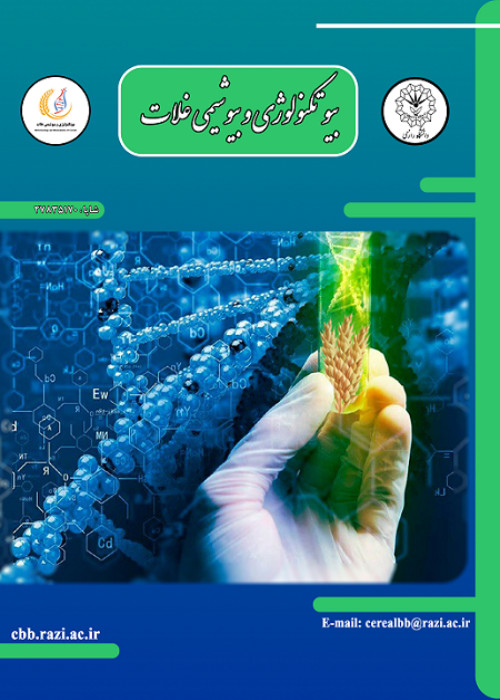Assessing gene action and heterosis for quantitative traits in rice (Oryza sativa L.) through North Carolina III mating design
Due to the future demand for rice, as a food required by humans, it is necessary to produce new cultivars whose yield exceeds the existing cultivars. Success in any breeding program depends on selecting appropriate genotypes as parents in the crossing program. Estimating genetic parameters such as heritability, gene effect, and the relationship between traits is fundamental to developing the most beneficial breeding method. Various mating designs such as the North Carolina I, II, and III designs are used to estimate genetic diversity and variance components. This study was performed to evaluate heterosis, genetic parameters, gene effect, and heritability of important quantitative traits in rice using the North Carolina III mating design.
In this study, two cultivars, Deylamani and Gilaneh, were used for the North Carolina III mating design according to the results of a study using microsatellite markers. After the crosses were performed, the progenies from the North Carolina III mating design were planted with their parents in a randomized complete block design with three replications. Prior to evaluation, off-type plants were removed, and then the mean of observations per plot was used for statistical analysis. SPSS and Excel softwares were used to analyze variance and estimate NCIII genetic parameters.
Estimation of additive and dominance variances indicated the presence of additive and non-additive effects in genetic control of grain yield, 100-grain weight, plant height, number of panicles per plant, number of spikelet per panicle, panicle length, and number of filled grains per panicle. Non-additive effects played an essential role in plant height, the number of panicles per plant, and the number of filled grains per panicle. The overdominance phenomenon was observed in grain yield, 100-grain weight, plant height, number of panicles per plant, number of spikelet per panicle, panicle length, and number of filled grains per panicle. In grain yield, the range of heterosis was -12.64% for the cross of F2 No. 1 × Gilaneh up to 38.5% for the cross of F2 No. 11 × Deylamani. For plant height, the highest relative heterosis based on the average parent to reduce plant height was seen at the cross of F2 No. 9 × Deylamani (-11.4%).
The results of this study indicate the existence of additive and non-additive effects in genetic control of grain yield, 100-seed weight, plant height, number of panicles per plant, number of spikelets, panicle length, and filled grain number per panicle. On the other hand, in genetic control of grain yield, 100-grain weight, number of spikelets per panicle, and panicle length, additive effects had a greater role. However, in addition to additive effects, non-additive effects were also involved in genetic control of grain yield, 100-grain weight, number of panicles, and panicle length. The study of heterosis also showed the existence of superior offspring in the studied traits and the possibility of using them in breeding programs.
- حق عضویت دریافتی صرف حمایت از نشریات عضو و نگهداری، تکمیل و توسعه مگیران میشود.
- پرداخت حق اشتراک و دانلود مقالات اجازه بازنشر آن در سایر رسانههای چاپی و دیجیتال را به کاربر نمیدهد.



